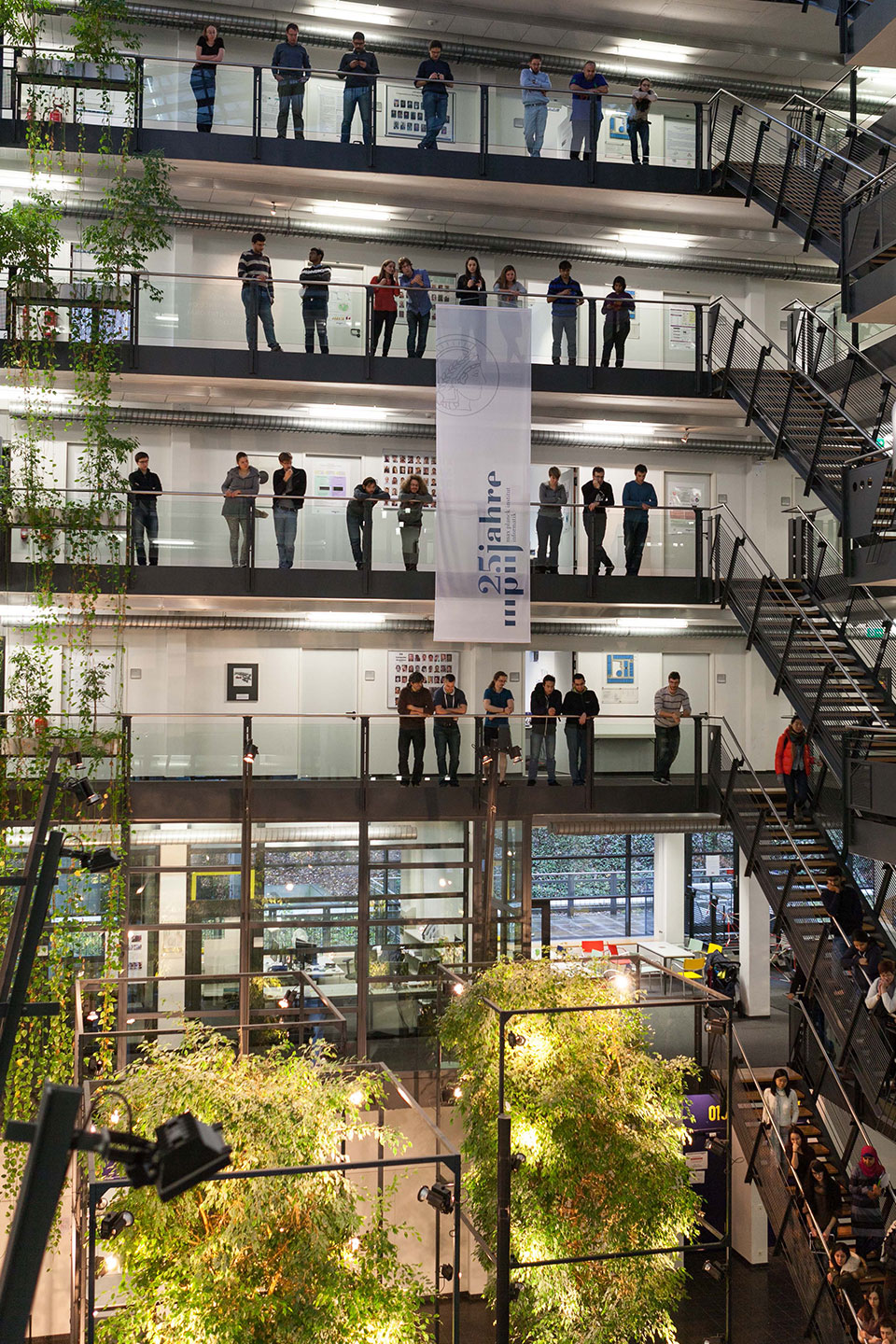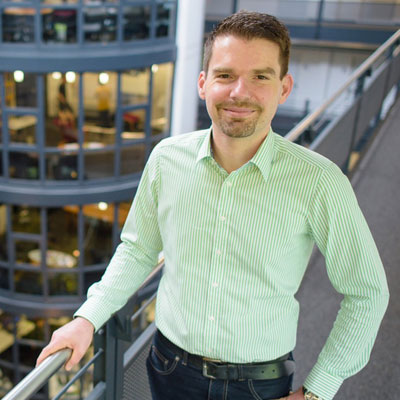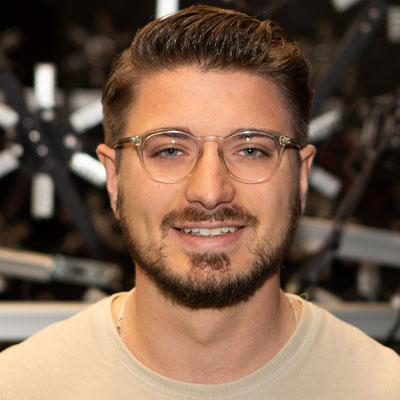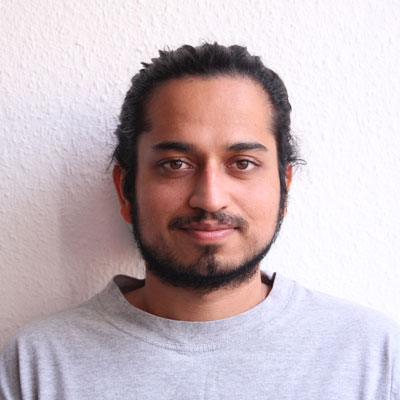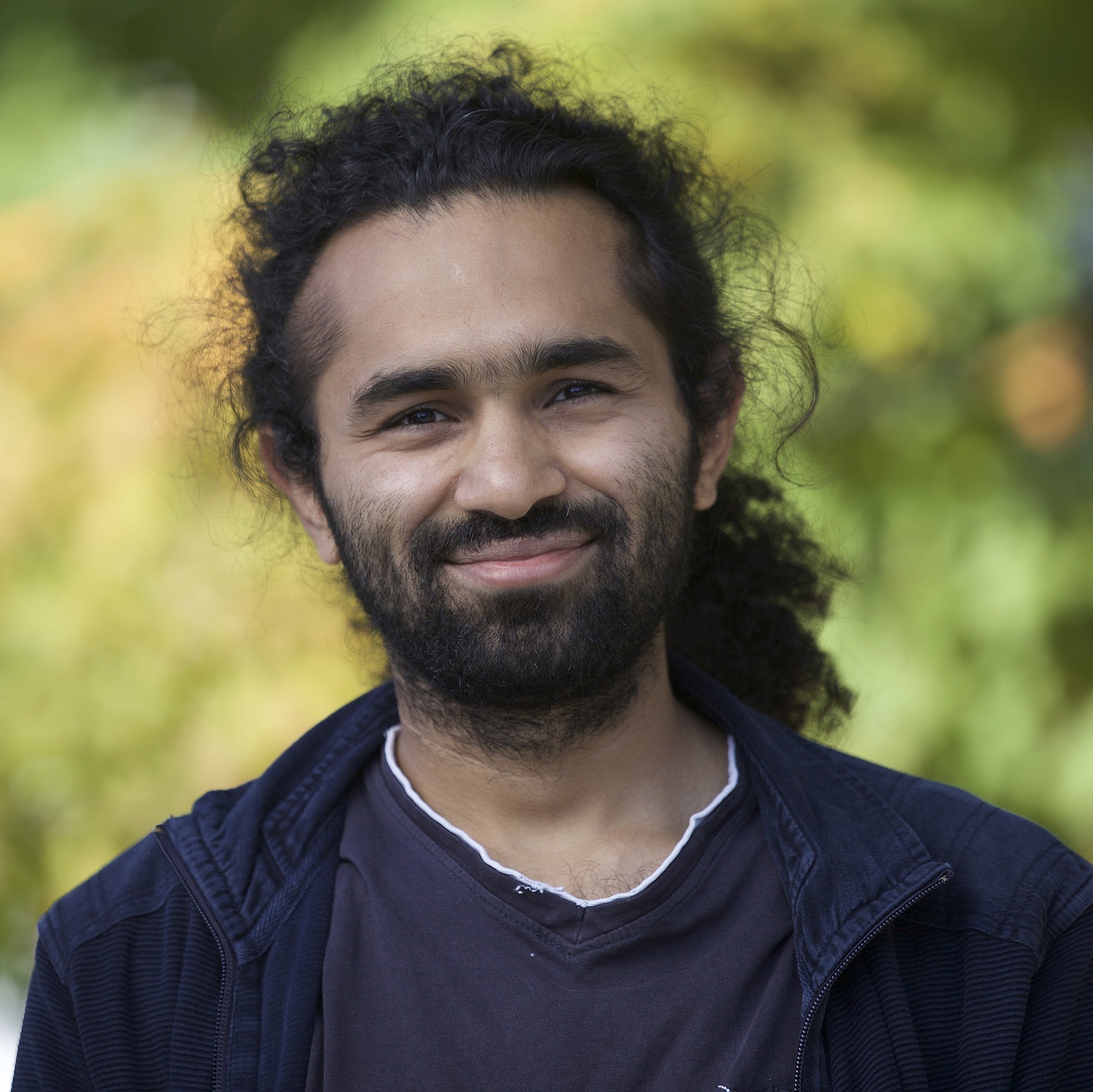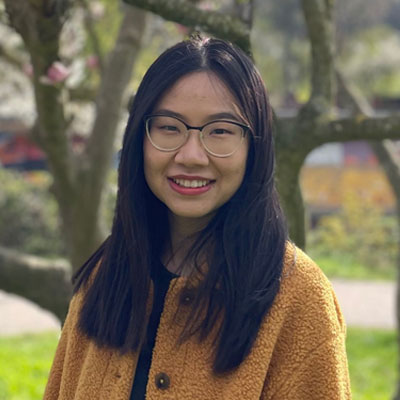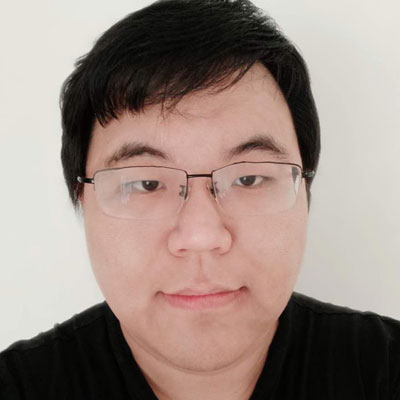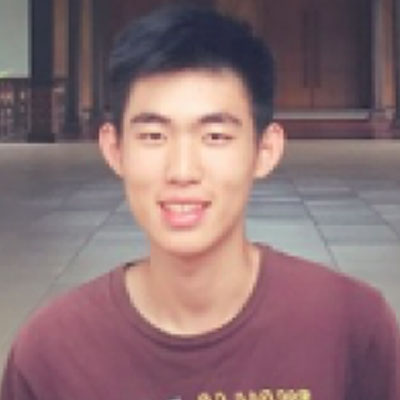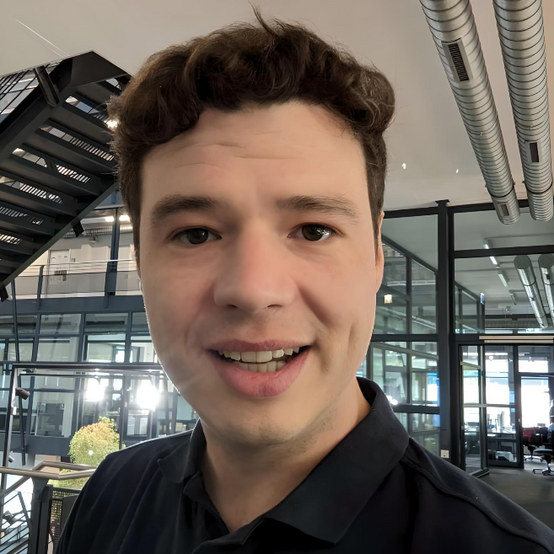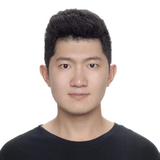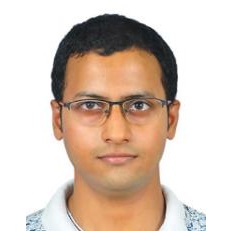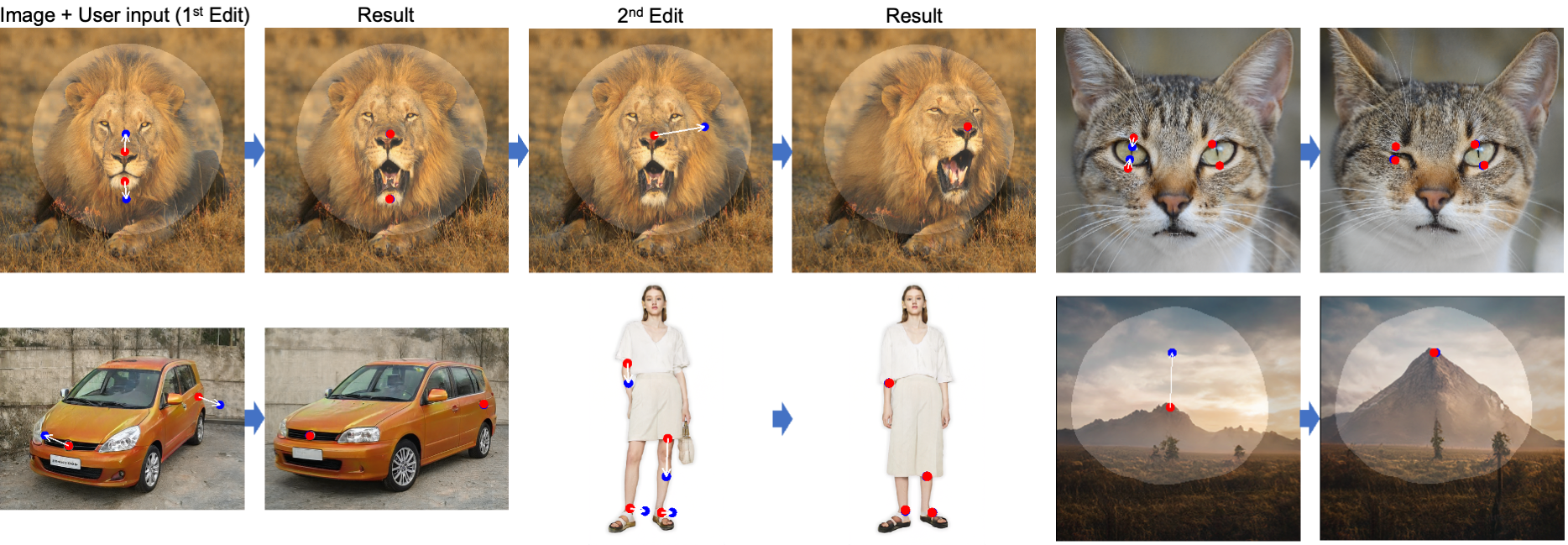The Saarbrücken Research Center for
Visual Computing, interaction & AI
Investigating basic frontier research challenges in computer graphics, computer vision, and human machine interaction, at the intersection to artificial intelligence and machine learning.
With VIA the Max Planck Institute for Informatics and Google teamed up
In 2022 the Max Planck Institute (MPI) for Informatics in Saarbrücken (Germany) and Google established a strategic partnership: the “Saarbrücken Research Center for Visual Computing, Interaction and Artificial Intelligence (VIA)” at the MPI for Informatics.
The center investigates basic frontier research challenges in computer graphics, computer vision, and human machine interaction, at the intersection to artificial intelligence and machine learning. Research results of the center will be openly published. The VIA center was founded by Prof. Dr. Christian Theobalt from the MPI for Informatics.
The VIA-Center got extended
A new research area Vision and Language Models (VLMs) was established under the direction of Professor Bernt Schiele.
Our Fields of Research
We conduct basic research in frontier areas of computer graphics, computer vision, and human machine interaction, at the intersection of artificial intelligence and machine learning. Google and the MPI for Informatics will realize joint research projects.
Computer
Vision
Artificial
Intelligence
Human
Machine
Interaction
Key People
Director & Co-Director
Researchers
Next Events
Career & Jobs
The Saarbrücken Center for Visual Computing, Interaction and Artificial Intelligence is continuously looking for outstanding candidates for PhD and postdoc positions in the core research areas of the center.
Candidates with a background in one or more of these topics are encouraged to apply:
- (Neural) rendering and (neural) scene representations,
- Visual scene understanding,
- Man-machine interaction,
- Foundations of machine learning for visual computing,
- Virtual human capture and modeling,
- Computer animation,
- 3D/4D reconstruction and scene understanding,
- Virtual and augmented reality
Candidates with a background in related areas are also encouraged to apply. You find more information on current job openings below.
Current Openings
Publications
Drag Your GAN: Interactive Point-based Manipulation on the Generative Image Manifold
Xingang Pan, Ayush Tewari, Thomas Leimkühler, Lingjie Liu, Abhimitra Meka, Christian Theobalt
